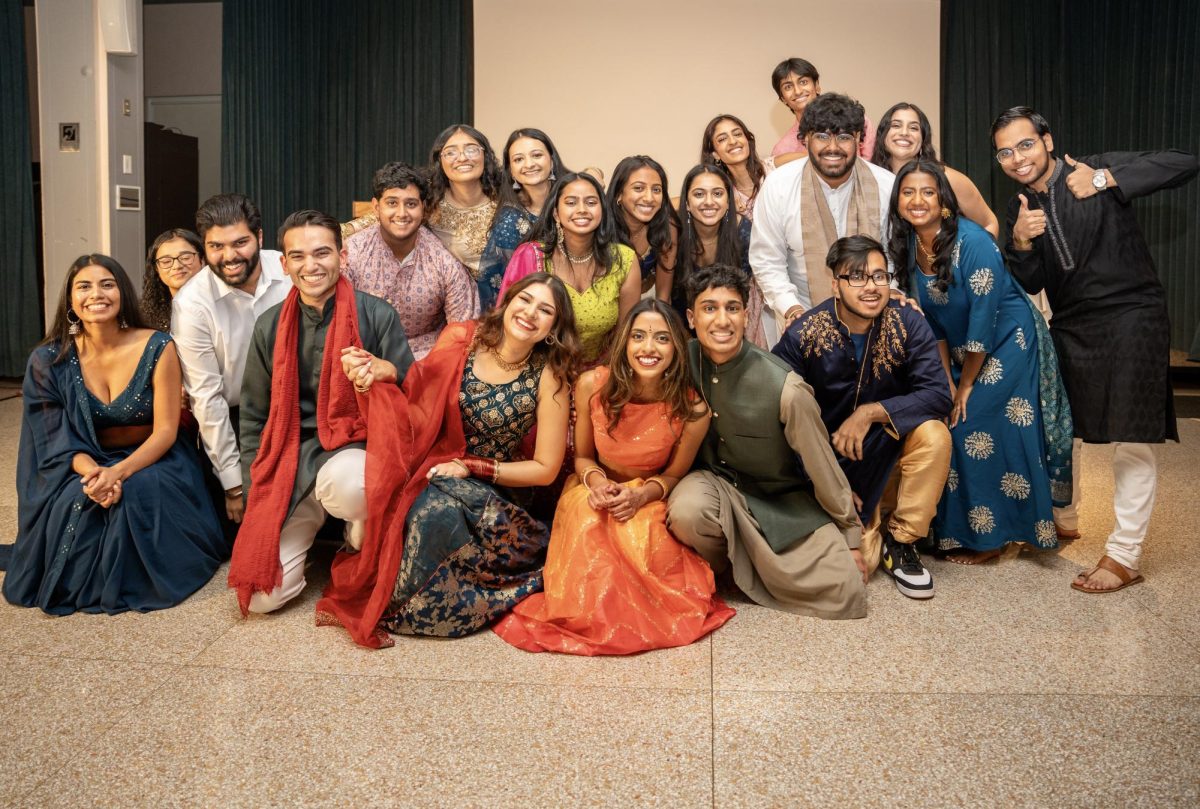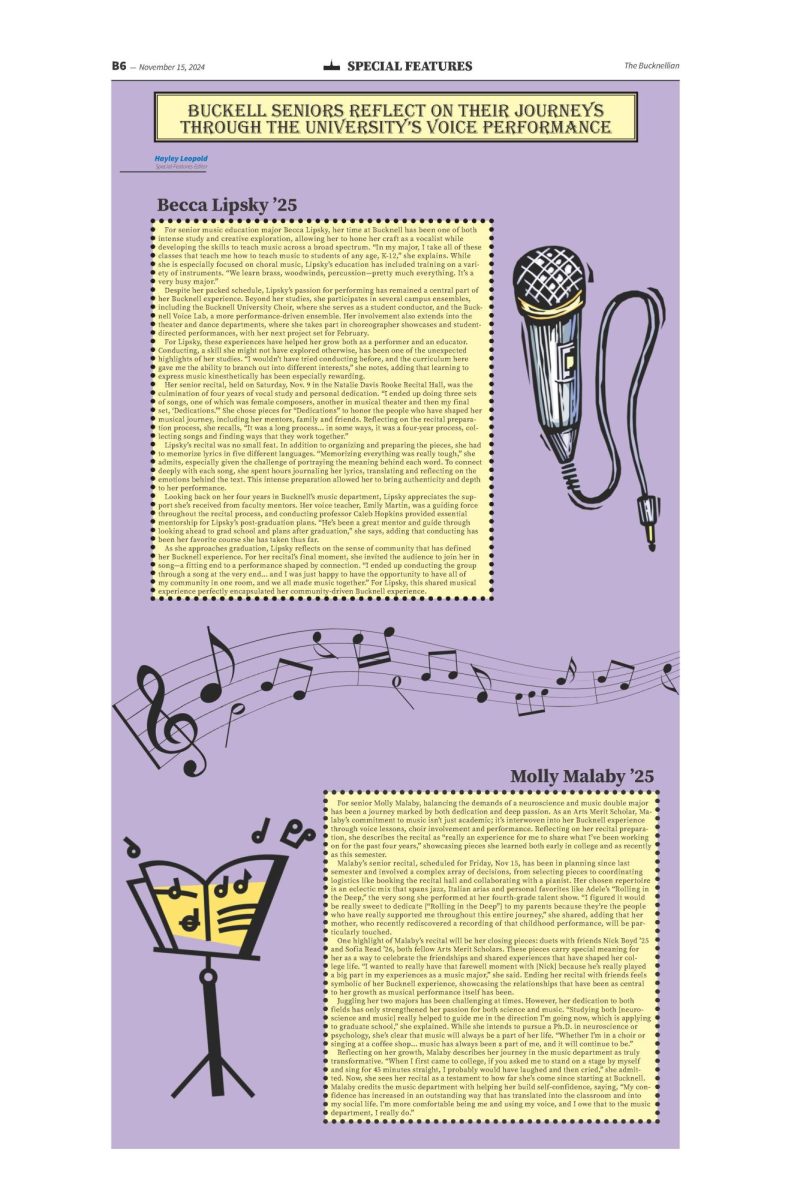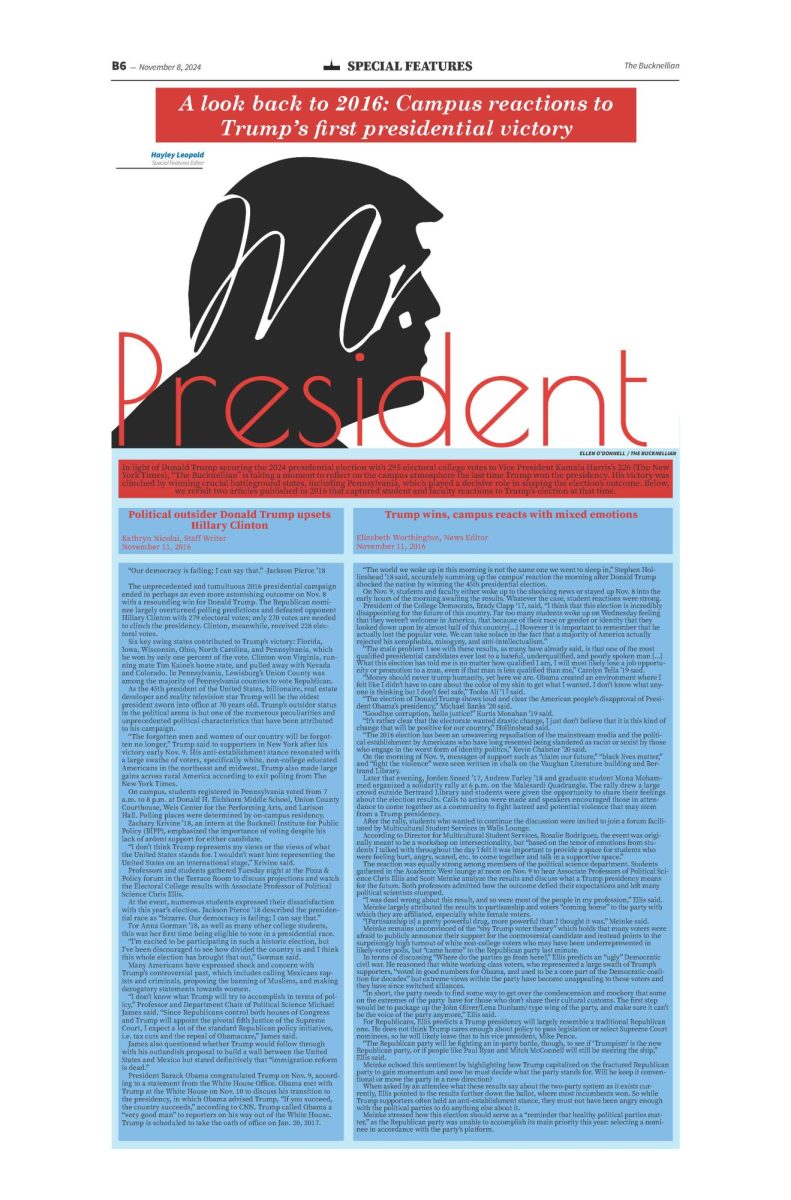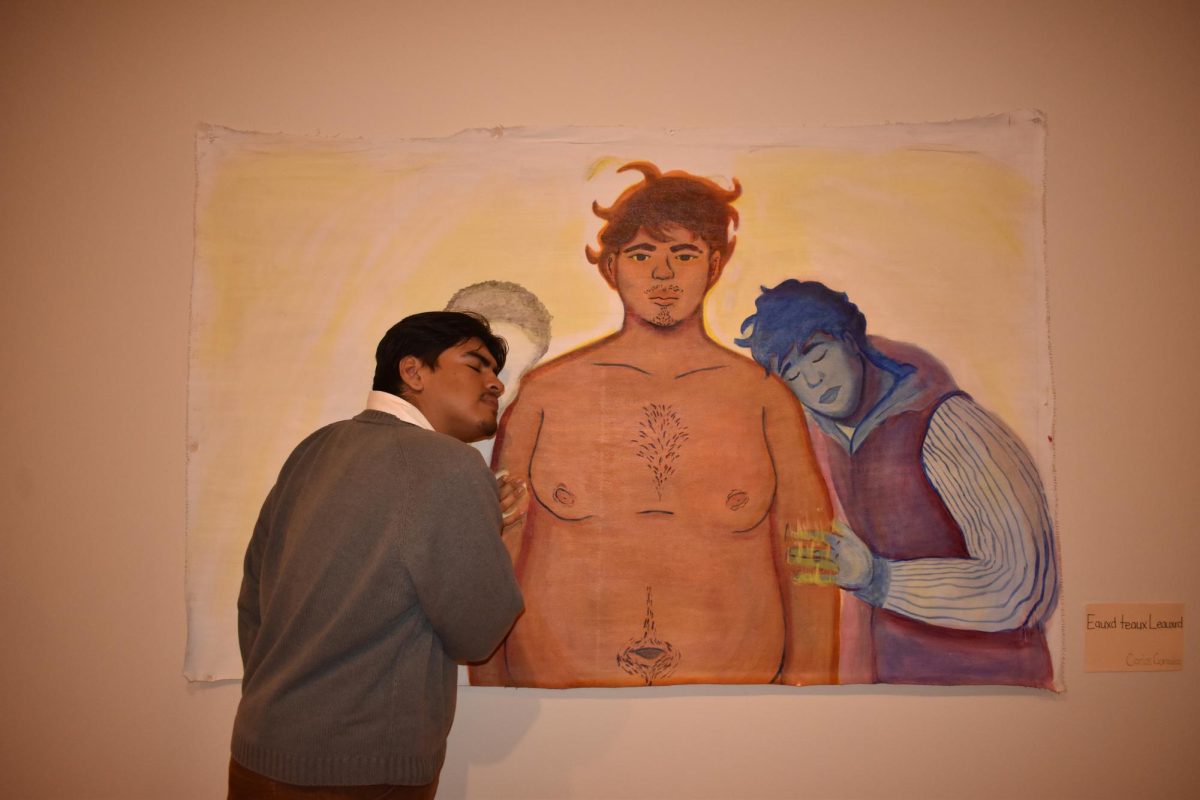This weekend, I realized that Trevina disgusts me. It’s not the food, some of which is passable even if it arrives looking about as nourishing and digestible as the polyester waffle Margot Robbie tilts toward her mouth in the opening sequence to Barbie Land.1
Trevina is, as they say, a whole vibe. In this case, that vibe is complete deracination. On a good day, the trendy joint comes off like an Aeropostale aspiring toward Anthropologie. What’s more offensive than the bare-minimum-of-taste decor, which feels like it could dissolve off the walls at any moment like the cheapest polyester or the most persistent memories, is the way Trevina’s business model impedes guests’ ability to detect which workers within it are doing the heavy-lifting to perform challenging intellectual, social, and emotional labor–particularly dealing with aggravated and aggravating customers.
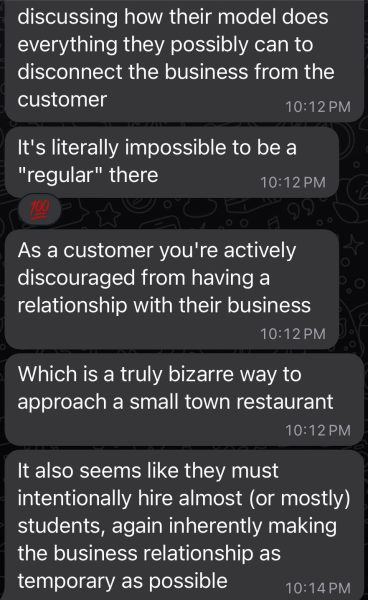 Typical petit bourgeois (“upscale”) wine bars turn over the tables without knowing why while servers alternate between running food and doing the mentally taxing work of remembering orders and drinks, scanning constantly for who needs what, and keeping track of many tables’ time. There’s a reason waiting on tables has long prepared (fine tuned) the intuitions of actors.
Typical petit bourgeois (“upscale”) wine bars turn over the tables without knowing why while servers alternate between running food and doing the mentally taxing work of remembering orders and drinks, scanning constantly for who needs what, and keeping track of many tables’ time. There’s a reason waiting on tables has long prepared (fine tuned) the intuitions of actors.
At universities where many–but certainly not all–students have had the enviable privilege of lifelong protection from economic struggle, being a person who chooses to earn money by working in public (as opposed to on the internet) during college takes courage and bravery. Wearing one’s class background can come at a cost in circles of elitist academics, some of whom are rather deluded about their leftism.
When Trevina opened, it claimed that its business model was more ethical than other local establishments because it would pay all of its workers a living wage. In actuality, Trevina’s business model diverts money out of the hands of workers and into the hands of management by dividing the person of a server into two distinct roles of labor: body in motion (runners) & provider of intellectual, emotional, and social care (hosts).2 Like most patriarchal dichotomies, this is damaging the whole,3 disrupting communication, and intensifying conflict. No one wants that when they’re just trying to have a good time. But more importantly, suppressing the tips (income)(wealth)(security) workers could otherwise amass in a setting where hospitality is a real value and guests feel able to relax inhibits the hosts’ ability to wield the considerable tools they have at their disposal. Managers can’t care and have no agency because the corporation ownership model funnels funds directly into the hands of the bourgeoisie while the living, breathing, speaking humans doing the work receive a wage, fixed and labeled (marketed as) “living”. ?
As with other establishments striving to conceal the myriad inequalities that fuel their enterprises, the front of house staff at Trevina are selected for and compelled to exhibit polish, poise, and sweetness. Back of house staff rush to prepare food in confined quarters under time’s relentless pressure. I am not sure how many cooks there are in Trevina’s kitchen but, having been a patron on a few occasions, I know there are far too many workers running around the floor for grown ups to have a good time. Instead of diffusing conflict, which is the genius of someone who understands how to host, Trevina’s runners are forced to act like soldiers, using the authority with which they are invested by their managers to manage patrons like we are pupils in an elementary school. This is beyond insulting and disrespectful to the hardworking adults who choose to spend some of their finite discretionary income (“mad money”) at Trevina.
It’s hardly a surprise to me that young women, who appear to be Bucknell students, are increasingly tasked with manning Trevina’s hosts’ stand. Approachability and youth is a decoy for the gross extent to which everyone’s lives are being invaded by technological surveillance as soon as we enter the door. Customers must hand over their identities and financial information on the way in as well as on the way out and must use their phones to order. Getting in and out of the place feels like going through a government checkpoint. Cameras are everywhere.
I am largely indifferent to Trevina’s existence. I only step foot in the place – which resembles something out of the genius mind of Kendall Roy – when invited by friends. But with each passing visit, I find its grotesque pretension of prefab luxury more and more out of tune with the goodness and depth of Lewisburg’s old and ageless soul. Friends, let’s think about going elsewhere as much as we can; Trevina will dissolve itself sooner or later anyhow so it is only so capable of housing our memories.
Meeting your soulmate at a bar is a classic for a reason: bars are full of souls. If you think you’ve met yours at Trevina, I suggest verifying that they are on the same page with you about its bouquet of red flags before following them home.
Pro tip: the best bar food between S. 6th and N. 5th is Bull Run. Alex is a damn fine cook and his ingredients have real nutrients. Try to be generous to the folks behind stands and counters and
doors next time you’re in that beautiful old bar–not every college town is equipped with a decent one. We’re very lucky. And as you learn how to go out, remember to be skeptical of joints that are inhospitable to live music; something is usually very wrong there, in my experience.
This has been a just-because present for my friends Edward and Jake; a birthday present for my friend Chris, who gets what gives restaurants soul; a Valentine for at least four beautiful couples–and a love letter for KC&SS, AMKR, K&E,LF&DS,JB&BH&JP,KW&CJ,AN,CS, AF&herT
& Lewy
Always,
Kate
1 The fries are good though.
2 Imposing the mentality of big business onto a small town likewise undergirds the economics of promotion for Bucknell faculty members.
3 See Aristophanes’ speech in Plato’s Symposium, which is a play about the meaning and beauty of bars.
